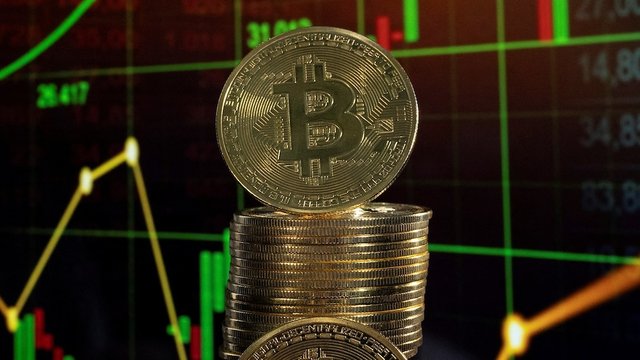2024, the year everything changed for the crypto market
The year 2024 stands out as a significant milestone for the crypto industry, highlighted by Bitcoin breaking the iconic $100,000 barrier in December. This year has showcased a wide range of events, from the remarkable successes of Bitcoin exchange-traded funds (ETFs) to the staggering losses incurred due to hacks and security breaches. Overall, 2024 has been a rollercoaster for the crypto sector, filled with both victories and setbacks.
The crypto report for 2024 paints a picture of a transformed market, with a notable increase in institutional interest and a clearer regulatory framework in the United States. On December 5, Bitcoin made headlines by reaching the $100,000 mark for the first time ever.
This surge was fueled by a supportive political climate and the groundbreaking approval of Bitcoin spot ETFs by the SEC in January. The Bitcoin price continued to climb, peaking at $108,000 in mid-December. This rise led to an impressive 87% of Bitcoin holders enjoying significant profits from their investments.

MicroStrategy serves as a prime example of institutional success in the crypto landscape. By the end of December, the company’s Bitcoin reserves had grown to an astounding value of $42 billion. Likewise, the country of El Salvador’s bold decision to adopt Bitcoin as legal tender has also paid off. Its holdings of 5,942 BTC are now worth approximately $576 million.
Following their lead, numerous companies, including Metaplanet and Rumble, have decided to incorporate Bitcoin into their asset management strategies.
Bitcoin ETFs have proven to be wildly successful, surpassing gold funds with a remarkable $129 billion in assets under management by December. The memecoin market is also thriving, boasting a total capitalization of $104 billion, thanks in large part to the strong performances of Dogecoin and Shiba Inu.
However, the year was not without its challenges. The crypto landscape also experienced an alarming increase in malicious activities, resulting in losses of $2.2 billion across 303 different incidents. The most significant theft occurred in May when $300 million was stolen from the Japanese exchange DMM, with the attackers suspected to be North Korean hackers. Other exchanges, like PlayDapp and WazirX, also faced substantial losses of $290 million and $235 million, respectively.
As a result of these incidents, legal experts in the crypto field benefitted greatly. They earned over $751 million in fees stemming from Chapter 11 bankruptcies alone. Regulatory oversight is tight, with the SEC intensifying its efforts and recovering $8.2 billion in financial penalties over the year.
Many who hesitated to invest, often referred to as “paper hands,” missed a major opportunity. Germany, for instance, sold 50,000 BTC at a price of $57,000, losing out on the chance to ride the wave to $100,000. Similarly, the United States liquidated 19,800 BTC, a decision that proved disadvantageous, even though they still hold a reserve of 183,850 BTC.
In summary, the year 2024 will be remembered as a time of maturation for the crypto market. It is marked by extraordinary gains from institutional players, yet it also underscores the persistent risks that come with this ever-changing industry.